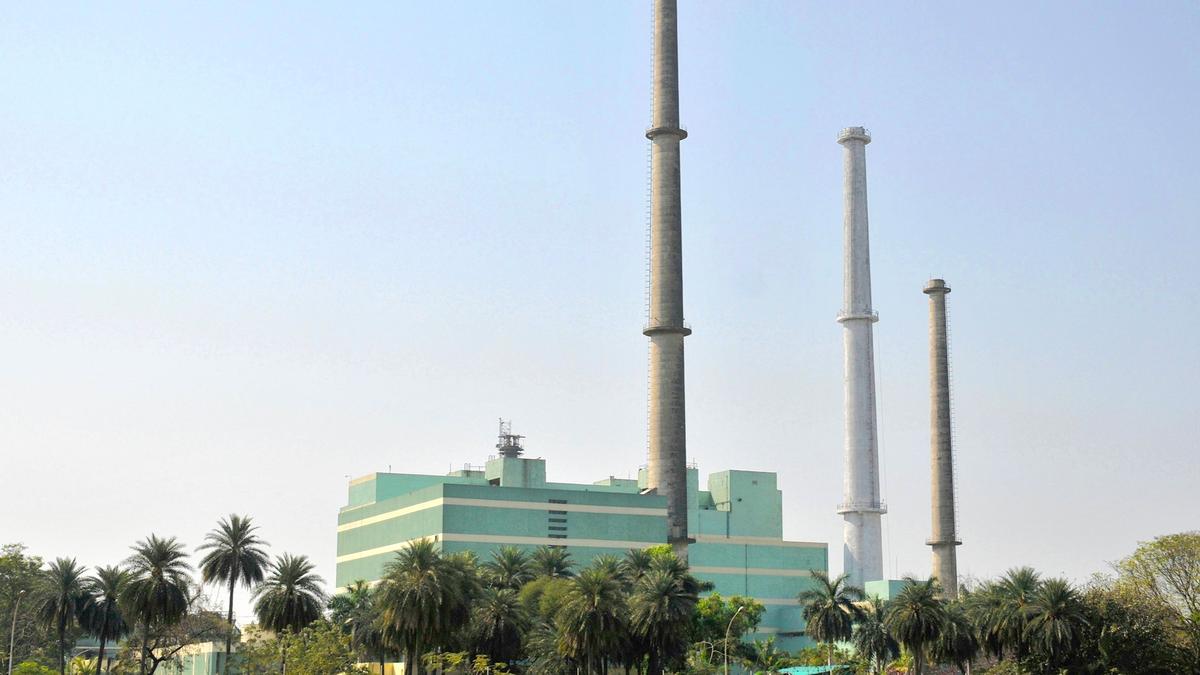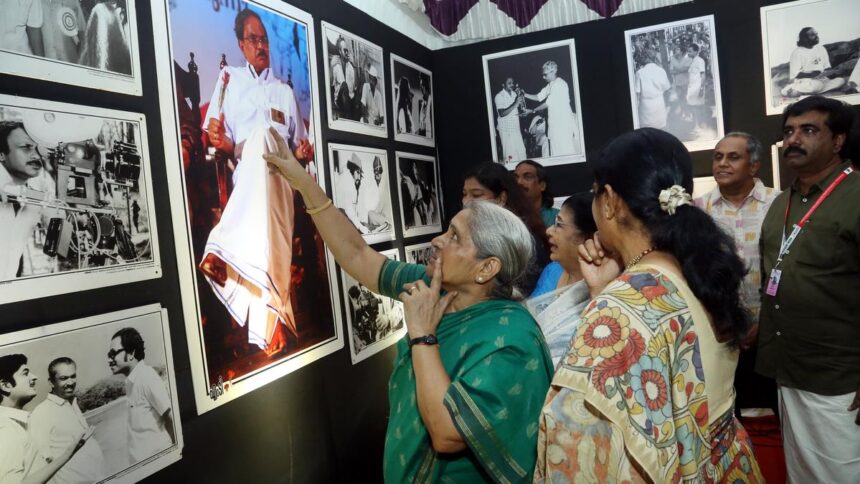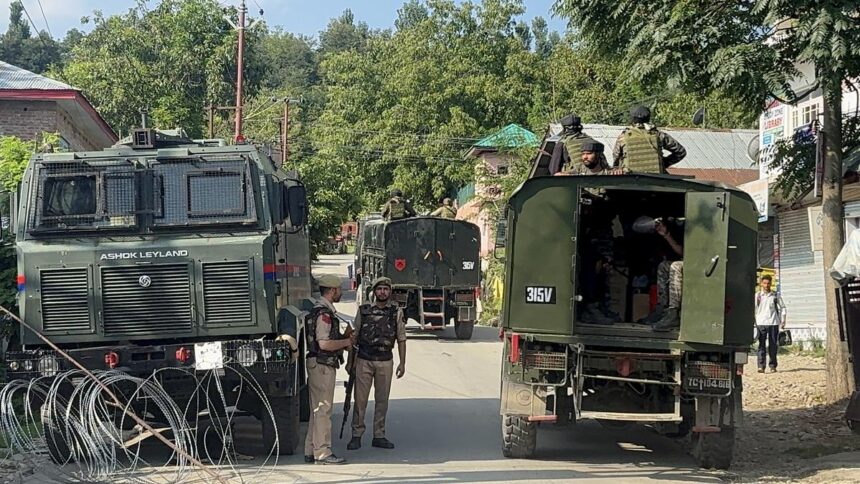The Union Budget for 2025-26 marked a significant shift in India’s nuclear energy plan by announcing an ambitious target of 100 GW of power generating capacity by 2047, up from the present 8.18 GW. This positions nuclear power as a major pillar in India’s energy mix, given the two goals of emerging as a developed country (Viksit Bharat) by 2047, and achieving “net zero emissions” by 2070.
Simultaneously, the Nuclear Energy Mission announced a special allocation of ₹20,000 crore to develop “at least five indigenously designed and operational Small Modular Reactors (SMR) by 2033.” Such ambitious plans will need the involvement of private players, both domestic and foreign, into a hitherto government sector, which will require significant changes to the legislative, financial and regulatory framework. The government has indicated that some changes in the Atomic Energy Act, 1962 and the Civil Liability for Nuclear Damage Act (CLNDA), 2010 are in the offing. However, such reforms also need a change in mind set.
India’s nuclear journey
India had an early start, setting up Asia’s first nuclear research reactor, Apsara, in 1956, and beginning work on Asia’s first nuclear power reactors at Tarapore in 1963. As early as 1954, Dr. Homi Bhabha, the architect of India’s nuclear programme, presented a target of generating 8 GW of nuclear power by 1980.
However, the journey has been long and difficult. Following India’s war with China in 1962; its entry into the nuclear club in 1964; the decision to stay out of the nuclear Non-Proliferation Treaty (NPT) in 1968; and the Peaceful Nuclear Explosion (PNE) test in 1974, India was excluded from the emerging nuclear order. International cooperation ceased and export controls slowed down the nuclear power programme. This led to the nuclear power target being pushed to 10 GW by 2000.
Moreover, India took time to successfully indigenise the design of the 220 MW Pressurised Heavy Water Reactor (PHWR), employed in Rajasthan. Its advantage was that it used natural uranium as fuel unlike the design of the Tarapur Light Water Reactor (LWR), which used Low Enriched Uranium (LEU) that India obtained from the U.S., and later, from France. Subsequently, the same 220 MW PHWR units were established at Narora, Kaiga, Kakrapar etc., and the design was upgraded to 540 MW (set up at Tarapur in 2005-06) and to 700 MW with two units becoming operational at Kakrapar in 2024.
After the nuclear tests in 1998, followed by intense negotiations with the U.S. and other strategic partners, India finally gained acceptance as a responsible nuclear power. It also got a special waiver from the Nuclear Suppliers Group (NSG).
India was thus ready to resume exchanges with other nuclear powers to import both nuclear fuel and more advanced reactors to expand its nuclear energy programme.
However, the CLNDA created new difficulties that have prevented such anticipated external participation. In fact, Russia is the only country that is partnering with us at Kudankulum with six VVER-1000 power reactors because the government-to-government agreement, signed in 1988, predated the CLNDA.
Towards green development
To become a developed country by 2047, India’s annual per capita income needs to grow from the current $2,800 to $22,000, and correspondingly, the GDP needs to grow from the current $4 trillion to over $35 trillion. There is a well-established correlation between economic growth and energy consumption. In 2022, India’s per capita electricity consumption stood at 1,208 kWh, compared to 4,600 kWh for China, and over 12,500 kWh for the U.S.
India’s electricity generation capacity, currently at 480 GW (divided almost equally between fossil fuels and renewables), will have to grow five-fold, accounting for growth in population and urbanisation. However, solar, wind, and small hydro projects provide only intermittent power. That is why out of 2030 terrawatt-hours (TWh) — the total electricity generated in 2024 — renewable energy, with half the generation capacity, accounted for only 240 TWh. Coal fired thermal plants accounted for 75% of energy generation.
The climate change commitments announced by Prime Minister Narendra Modi in 2021 at Glasgow COP26 of “net zero emissions by 2070, raising non-fossil energy generation capacity to 500 GW by 2030 while meeting 50% of the energy demand through renewables, and achieving a carbon intensity reduction of 45% over 2005 levels by 2030” means that India will not be able to rely on fossil fuels for its growth. Renewable energy is (including solar, hydro, wind, and biomass) is estimated to provide 20% of the demand and up to 25% with investments in battery and pumped storage. Therefore, the obvious candidate to fuel India’s energy growth is nuclear power.
There is a renewed interest globally in nuclear power. This reflected in the Dubai 2023 COP28 ‘Declaration to Triple Nuclear Energy’, acknowledging nuclear power as a critical input in reducing reliance on fossil fuels, enhancing energy security, and a move towards a low carbon future. In June, the International Atomic Energy Agency (IAEA) and the World Bank agreed to work together to support nuclear energy in developing countries, marking a significant policy shift. World Bank President Ajay Banga pointed out, “nuclear (energy) delivers base load power, which is essential to building modern economies.”
Creating an enabling environment
The government is looking at three routes. One is to standardise the 220 MW PHWR design and apply it to Bharat Small Modular Reactors, which would significantly reduce costs and commissioning time. This could replace captive thermal power plants that today account for over 100 GW, and which will be replaced over the next two decades.
The second track is to scale up the Nuclear Power Corporation of India Limited (NPCIL) plans for the 700 MW PHWR by facilitating land acquisition, streamlining licensing, and strengthening indigenous supply chains.
The third track is to accelerate negotiations with partners in France and U.S. that have been moving at a glacial pace for the last 15 years.
Under the Atomic Energy Act, nuclear power is a sector reserved by the government. The NPCIL is a government owned company that builds, owns, and operates the PHWRs, the first two Tarapur LWRs, and the Russian designed VVERs. Nuclear power financing is qualitatively different because of the higher upfront capital costs, lower operating costs, a lifecycle of 50-60 years, and costs associated with decommissioning as well as managing radioactive waste. The indigenised PHWR model has a capital cost of $2 million/MW while the equivalent cost for a coal fired thermal unit is just under a million. Given NPCIL’s annual budget of $1.2 billion, the government has realised that to achieve the target of 100 GW, private sector companies will have to be brought into the sector, necessitating a comprehensive set of amendments to the Atomic Energy Act.
Questions of majority/minority ownership; whether the nuclear operator will be exclusively NPCIL; who has responsibility and control over the nuclear island part of the plant; and concerns over assured fuel supply and waste management responsibility will need to be discussed with potential stakeholders that include major players like Tatas, Adani, Ambani, Vedanta etc. All these will require amendments to the 1962 Act.
A set of comprehensive amendments will also be needed for the 2010 CLNDA especially with regards to its liability clause which affects not just the ‘operator’ but also the ‘supplier’ of nuclear power.
A third area is commercial disputes relating to tariffs. Nuclear electricity tariff for NPCIL is notified under the Atomic Energy Act. Generally, commercial disputes fall under the Electricity Act and are settled by the Central Electricity Regulatory Commission (CERC) but a recent dispute between NPCIL and Gujarat Urja Vikas Nigam has led to conflicting views by the CERC and the Appellate Tribunal. The case is now under consideration before the Supreme Court. With the entry of the private sector into the field, should the tariff setting come into the ‘levelised cost of energy’ as applicable to thermal, solar, wind and hydro will depend on how the question of ownership and control are determined.
While India has had an impeccable nuclear safety record, the certification and safety oversight is the responsibility of the Atomic Energy Regulatory Board (AERB) that is ‘autonomous’ but not a legal entity and is subordinate to the Department of Atomic Energy. In 2011, a draft Bill was circulated to establish AERB as an independent regulator, but the Bill lapsed. With the entry of the private sector, the need for an independent regulator becomes paramount.
In addition, a raft of financial incentives will need to be introduced. While nuclear energy is a low-carbon energy source, it is not classified as “renewable”, like solar or wind. Revising this classification would make nuclear power projects eligible for tax incentives and specially designed ‘green financing’ instruments. Long term power-purchase-agreements and provision for viability-gap-funding are other incentives. The sector also needs to be opened up to foreign direct investments, perhaps up to 49%, to ensure Indian ownership and control.
In the past, the process of reform has been tentative. In 2011, the NPCIL set up a Joint Venture (JV) with the National Thermal Power Corporation (NTPC), but it languished till it was revived last year. It will now build and operate four units of 700 MW each, scheduled to come up at Mahi Banswara in Rajasthan. Land acquisition has been underway and once completed, the first unit will take seven years. A JV with the Rural Electrification Corporation (REC) is also being envisaged. Both the REC and NTPC are public sector units and these JVs will be wholly government entities.
However, if India has to deliver on the promise of 100 GW by 2047, it needs foreign partners and the private sector. While this has been accepted by the government, it now has to move forward with the reforms comprehensively and decisively.
Rakesh Sood is a former diplomat and is currently Distinguished Fellow at the Council For Strategic and Defence Research.





















